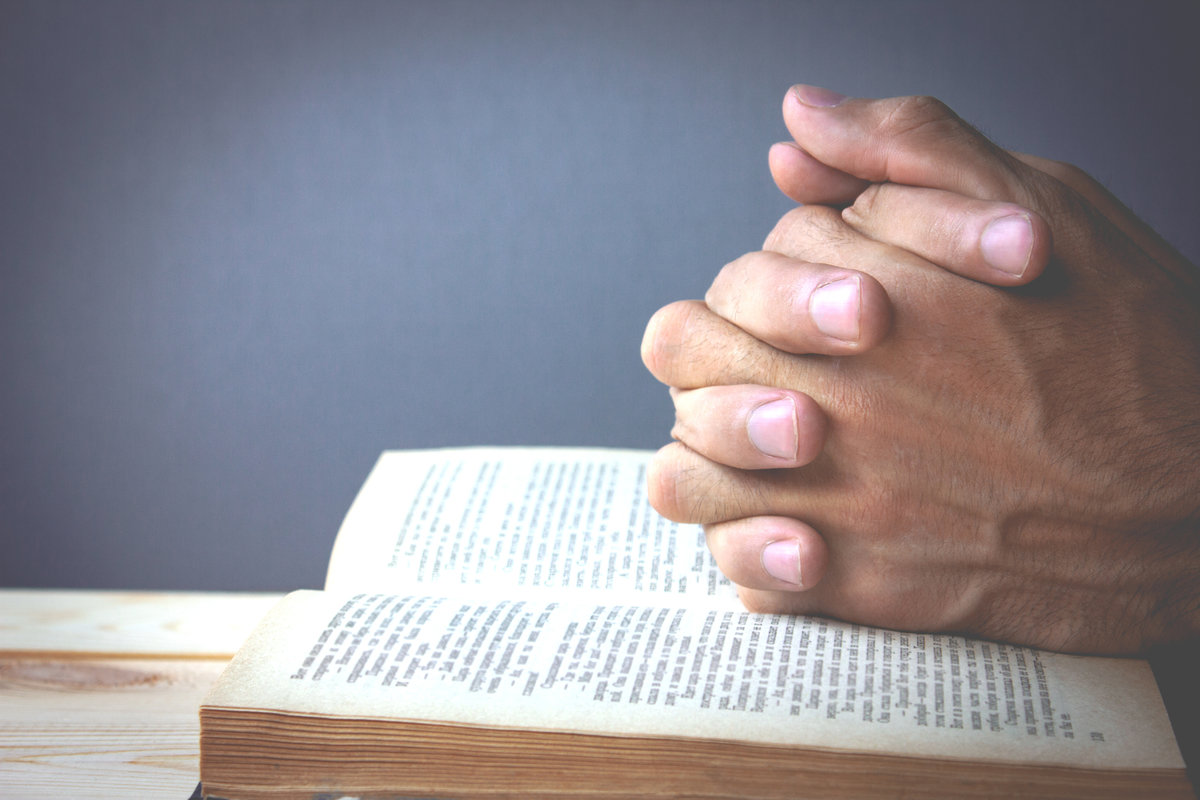The canonical hours are times of day set aside for prayer.
As specified by church regulations, the divisions of the day are:
matins, lauds, prime, terce, sext, none, vespers, and compline.

The canonical hours are times of day set aside for prayer.
As specified by church regulations, the divisions of the day are:
matins, lauds, prime, terce, sext, none, vespers, and compline.